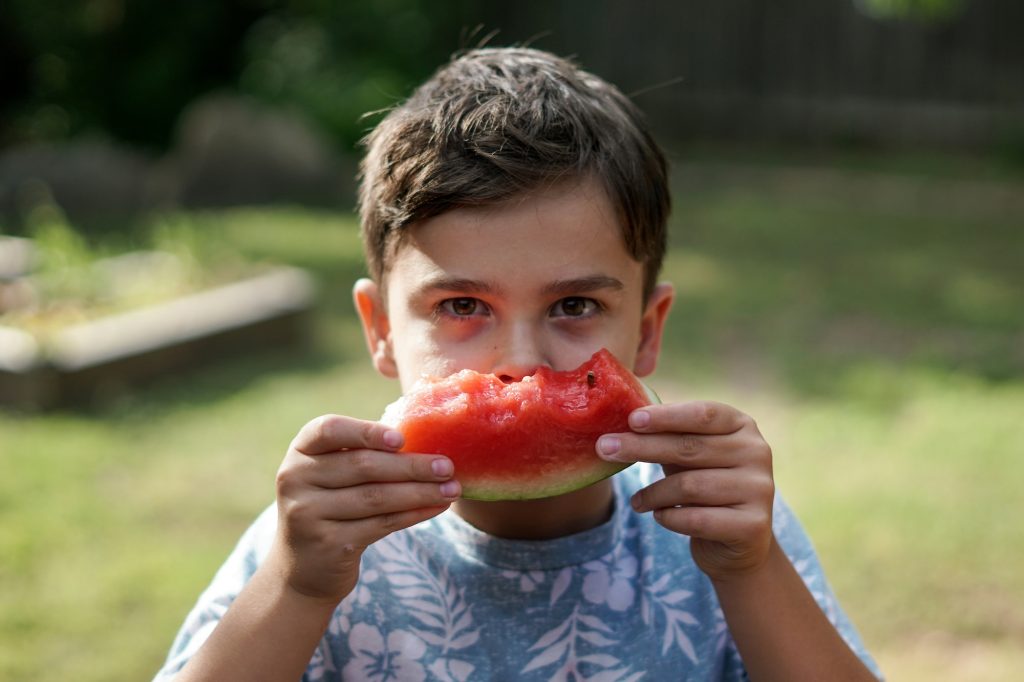As a parent, it’s common to notice that your child might be selective about food. It’s also something we are asked about all the time, as struggles with mealtime are extremely prevalent in the autism community. Many children go through a phase of picky eating, especially during their toddler years, but it’s important to recognize when their aversions go beyond normal choosiness.
While picky eaters may refuse certain foods, children with food aversions experience much deeper discomfort, often due to the sensory challenges that go along with the autism diagnosis.
What is Picky Eating?
Picky eating is very common and often peaks between the ages of 2 and 3. Children at this stage may refuse to eat certain foods because they’re testing boundaries or preferences. Over time, many kids grow out of this phase and begin expanding their food choices. For parents, typical picky eating is challenging but manageable, as children continue to get adequate nutrition from other foods.
What is a Food Aversion?
A food aversion goes beyond the normal picky eating phase. Children with food aversions may have intense reactions to certain textures, tastes, or even the appearance of food. For example, a child with an aversion might gag or refuse to even sit near a specific food.
These reactions often stem from sensory overload, anxiety about certain food characteristics, or underlying conditions such as autism or ARFID (Avoidant/Restrictive Food Intake Disorder).
Unlike picky eaters, children with food aversions often experience psychological distress or physical discomfort, such as vomiting, if forced to try certain foods. They may stick rigidly to specific brands or textures, such as only eating crunchy or soft food, and reject even minor changes in presentation.
How to Support a Child with Food Aversions
If your child is dealing with food aversions, understanding their triggers is the first step. ABA, speech, and occupational therapists can help to identify whether sensory issues are contributing to the aversion. Here are some strategies that might help:
- Food Pairing: Gradually introduce disliked food by pairing them with favorites. For instance, mix new textures with familiar ones, like adding a crunchy topping to a food your child enjoys.
- Modify Textures: Alter the texture of a disliked food to make it more palatable. If your child dislikes mushy foods, try offering a baked or crisp version.
- Small, Gradual Changes: Slowly introduce new foods or make minor changes in familiar foods to help expand your child’s diet.
Understanding the difference between typical picky eating and food aversions can help guide you in seeking the right support for your child’s unique needs. After all, you likely know by now, children with food aversions will not simply “eat when they are hungry.”
If your child is struggling with food aversions, seeking professional support from qualified therapists can make a significant difference. Contact us today to learn how we can help.
Resources:

